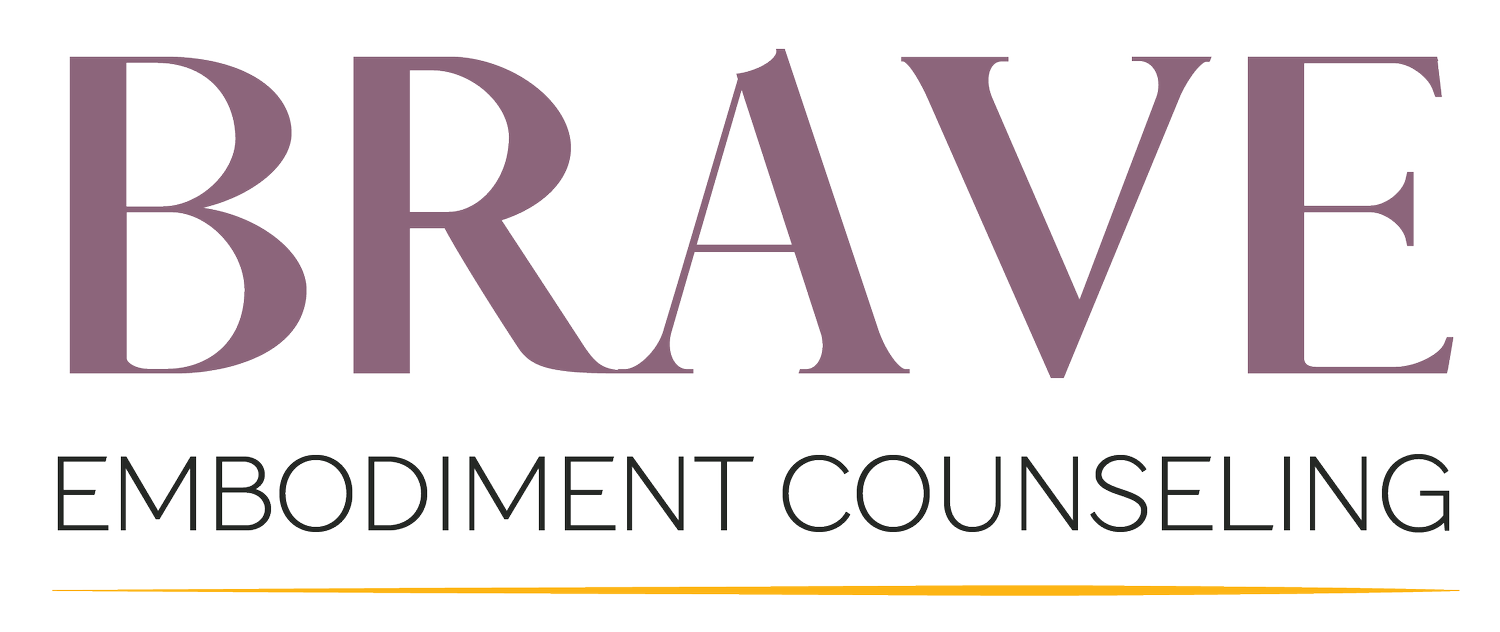Lessons from Autumn: The Psychology of Letting Go
As the trees begin to shed their leaves, nature offers us a beautiful and powerful reminder: letting go is part of life. Just as the trees don't resist the fall, we too are invited to release what's no longer serving us…old beliefs, outdated patterns, or relationships that feel misaligned.
Autumn is a season of transition. It whispers to us to slow down, reflect, and prepare for inner stillness or the dormancy of winter. In this time of natural release, our nervous systems are especially receptive to the practice of letting go. But letting go isn’t always about big dramatic changes. Sometimes, it’s as simple as softening your grip and trusting that release creates space for new growth in its own time.
Try out this short and simple somatic practice in letting go:
Find a comfortable seated or lying position.
Take a few slow, gentle breaths, letting your exhale be just a little longer than your inhale.
Bring awareness to a place in your body that feels tight, heavy, or tense. Without judgment, just notice what’s there.
On your next exhale, imagine that sensation softening or loosening, as if the tension could melt or fall away like a leaf from a branch.
Repeat for a few breaths, noticing any shifts—subtle or strong.
This practice doesn’t force anything to change—it simply creates a compassionate space where change can unfold naturally.
Section 2: October’s Invitation: Exploring Shadow, Spirit & the Power of Darkness
October carries a special kind of magic. The days grow shorter, the air cooler, and the veil between worlds—both spiritual and psychological—grows thin. Traditions like Halloween and Samhain honor this space, a time when the outer world quiets and the inner world calls us inward.
With the increase in darkness, it’s common to experience shifts in mood or energy. For some, this may mean the return of Seasonal Affective Disorder (SAD) symptoms like fatigue, low mood, or disconnection. If you notice these signs, know that you're not alone—and that this season is also an invitation to be more gentle and attuned to your inner world.
This is a powerful time for shadow work—a process of exploring the parts of ourselves we’ve pushed away or hidden, not because they’re actually “bad,” but because they once felt unsafe to express. Our shadow can hold things like anger, envy, fear, or even our deepest desires and gifts. By bringing gentle awareness to these aspects, we can create deeper self-compassion and wholeness.
Shadow work doesn’t have to be scary or overwhelming. It can begin with curiosity. It’s not about fixing or analyzing yourself—it’s about listening, witnessing, and honoring all that you are.
Journal Prompts for Gentle Shadow Exploration:
What parts of myself do I tend to hide from others—and why?
When do I feel reactive or triggered, and what might those moments be trying to teach me?
What might I discover if I greeted my inner shadows with compassion instead of fear?
We encourage you to let October be a time to turn inward, to honor your rhythms, and to trust in the wisdom of darkness. Like the seed resting underground, you are simply preparing for what’s next. And, if you’d like some guidance navigating your darkness, we’d be honored to walk alongside you. Don’t worry we come prepared with tons of curiosity, compassion and a flashlight! Email us at info@bravecounseling.com to see how we can support you in doing your shadow work.
Section 3: Therapist Highlight: Kaylie Willprecht
Meet the open-minded and relatable Kaylie Willprecht!
Kaylie (she/her) is a Licensed Professional Counselor in the state of Colorado, but is originally from Minnesota. She is passionate about supporting people who are looking to reclaim their lives by addressing symptoms that have been limiting them -- she loves helping people thrive, not just survive.
Kaylie's passion for supporting others and addressing trauma began during her military service. Driven by this calling, she pursued a Bachelor's degree in Developmental Psychology, followed by a Master's in Counseling. Currently, she is working toward her PhD in Clinical Counseling. Kaylie has experience in both inpatient and outpatient settings and is trained in prolonged exposure therapy, with a strong focus on trauma treatment.
Kaylie believes each person is unique and that therapy should embody that which is why she integrates various therapeutic methods and modalities including…
DBT (dialectical behavioral therapy)
CBT (cognitive behavioral therapy)
Prolonged Exposure Therapy
Interpersonal therapeutic techniques
Kaylie is also a certified CAPS-5 administrator which means she is able to conduct the gold standard assessment for PTSD.
Kaylie specializes in helping people...
Heal from early/developmental trauma (complex PTSD)
Challenge negative thought patterns
Identify values and boundaries
Navigate developmental stages and transitions
Kaylie as a person↓
Personality: Determined, Genuine, and Resourceful
Interests: Running, painting, and cooking are her favorite hobbies
Travels: She has traveled extensively throughout Europe and loves embarking on new adventures!
Pets: 2 Great Pyrenees dogs
